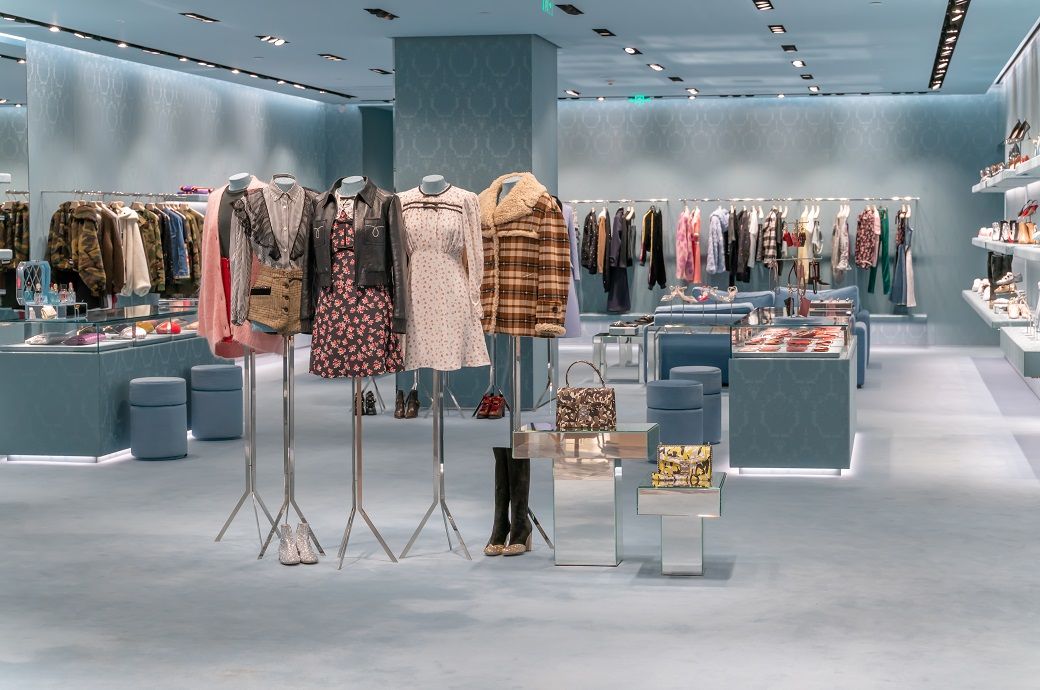
The industry experienced a post -pandemic bounce, a wave of new recruitments for fuel from savings during the Kovid -19 lockdown, fiscal stimulation in the US and new recruitments for luxury brands. According to the recent Morgan Stanley Alfavis survey, the sales of top names exceeded 80 percent between 2019 and 2024.
The current background is now cloudy by uncertainties such as adverse demand from leading consumer nationalities – Panies, American and Europeans – all of which account for 75 percent of the industry; Generalization of development within the luxury industry, which can withstand a postmic boom fatigue; Effects from American tariffs; High interest rate in Western countries; And overall expectations of slow global development.
The luxury goods sector is facing a slowdown in 2025 due to the weak demand of China, the US and Europe – its top consumer base – economic uncertainty, high interest rates and limited pricing power. Chinese demand will remain flat, and while American tariffs have minimal impact, there are more serious risk such as recession and declining consumer spirit, Morgan Stanley said.
“We are in a very different environment today. Luxury pricing power has disappeared after significant value increase, and this year the demand for sugar will be Best flat,” Eurgard Oubin, Head of European Luxury Brands Research of Morgan Stanley“The approach to consensus is that the industry is not in a position to pass on meaningful value growth.”
Chinese consumers have become the largest spenders worldwide on individual luxury goods, for about 30 percent of the total, compared to about 22 percent for American consumers. According to the survey, the approach to spending in China since the Kovid -19 epidemic is at its lowest level.
Survey between 2,034 Chinese consumers in early April indicated that the US tariff announcement on China increased domestic concerns over jobs, salary and investment loss, 60 percent of respondents said they plan to reduce expenditure in the next six months.
“The pickup is not as important in the expenses of American consumers expected for 2025 as an estimated in the beginning,” Aubin said.
Many investors were initially expected to spend firmly in 2025 after weakening the most part of 2024. The April data showed a temporary improvement, credited for Moussamita, demanded paint-ups with some bridge-forward expenses due to tariff concerns, and put companies through price hike.
Effects with US tariffs should be less content for luxury goods companies, especially those to apply an increase in small pricing in the US to minimize those to minimize.
In addition, many luxury companies sent spring/summer collection before implementation of the new American trade policy, thus dodging a part of the tariff hit this year.
“Overall, for luxury, we do not think the tariff effect would be so meaningful,” Oubin explained. “Large danger for luxury companies is the risk of a recession, and the negative impact of the market runs on consumer spirit and pure property of the country.”
For now, the Obin looks at the demand as demand in the next 6–12 months. He said, “The S&P500 should continue on its top and further translate into domestic money creation or the Chinese real estate market should be stabilized or should return to development, the industry can start recovering,” he said.
Fibre2fashion News Desk (RR)








